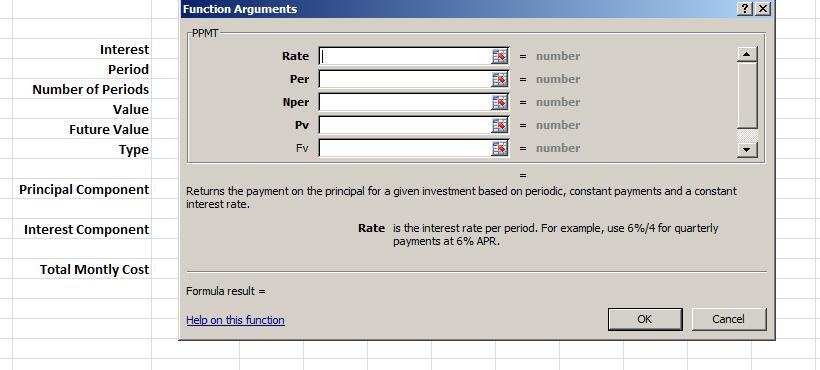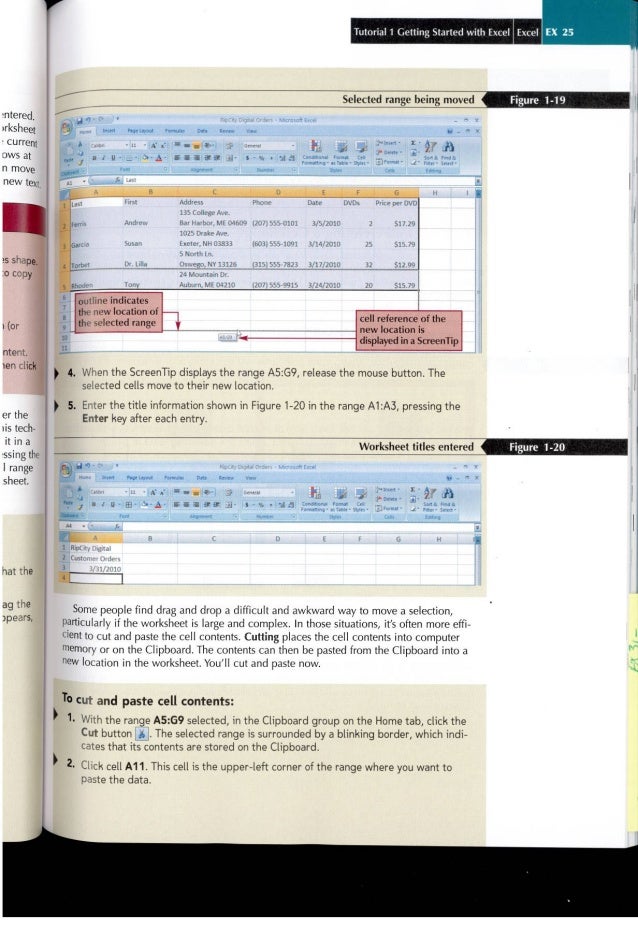

The “ “ (quote space quote-in purple) adds a space after the comma between F15 (city) and G15 (state) and another space between G15 (state) and H15 (zip code). In the following formula the “,” (quote comma quote-in red) tells Excel to insert a comma between the data in F15 (city) and the data in G15 (state). The same thing is true for punctuation, such as a comma between city and state. NOTE: If you want a space between the first and last name, you must enter that space inside quotation marks in your formula. Enter the following formula in column I: =CONCATENATE(F4, “,”, “ “, G4,” “,H4).
#With new userdefined functions microsoft excel zip#
Enter a few cities (or ski resorts) in column F, states in column G, and ZIP codes in column H. What are the double quotes for? See Note below #2.Ģ. Enter the following formula in column C: =CONCATENATE(A4,” “,B4) or =CONCAT(B4,” “,C4), then copy the formula down. Note that CONCAT appears only under Formulas > Text and Formulas > Insert Function > Category > Text, but both CONCAT and CONCATENATE appear under Formulas > Insert Function > Category > All.Įnter some first names in column A and last names in column B. NOTE: CONCAT replaced CONCATENATE in Excel 2016, but both functions are still available. Click Convert to Number from the pop-up list, and it’s done. Right-click the yellow warning sign that’s left of the first text cell in the range.

Highlight the range of text that’s impersonating numbers. To do this, move down to the first number in the list that’s actually text. If the values are text, you must convert them to numbers immediately. Unless the previous owner of the spreadsheet instructed Excel to ignore this error, then the contents of the cell are text. Last, look for the green triangle in the top left corner of the cell. If you see apostrophes before any of the numbers, those entries are text. Another option is to scroll quickly through a long list of imported numbers and watch the Formula Bar. How can you know if a number is really text? Generally, text is left-justified and numbers are right-justified but, because everyone formats their spreadsheets for aesthetics now, that method is unreliable. IMPORTANT NOTE: If you’re importing huge databases from a mainframe or an outside, external source, sometimes the numbers export as text. A text zero would have an apostrophe in front of the zero, which you cannot see in the cell, but is visible in the Formula Bar. To verify, enter the SUM formula omitting the cells that contain non-numeric characters:Ĭells that contain text, logical values, punctuation, or empty cells are disregarded but cells with the zeros (as a number, but not as text) are included. Enter the same formula: =AVERAGE(A4:A15), and note the answer is 78. Next enter some more numbers in column C but, this time, add some text to one cell, punctuation to another, and a space to another. Again, you must copy the list and Paste as Values to maintain a static list. Copy the formula down through F12, then add another ‘9’ to the string to add another digit to your random number-e.g., four nines equal four digits, five nines equal five digits. If you prefer to work with whole numbers, enter this formula in cell F3: =INT(RAND()*999) and you get a 3-digit random number. Just click the Increase Decimal button in the Number group under the Home tab.ģ. Notice (in the formula bar) that the random numbers have 15 digits after the decimal (Excel defaults to 9), which you can change, if necessary (as displayed in cell F3).

Now the list contains values instead of functions, so it will not change. Click the Values button from the Paste Special dialog window, then click OK.Ģ. Move your cursor to cell B3 and select Home > Paste > Paste Special. Select that column and press Ctrl+C (for copy) or click the Copy button under the Home tab and choose Copy from the drop-down menu. Enter the function =RAND() in columns A3 through A14.


 0 kommentar(er)
0 kommentar(er)
